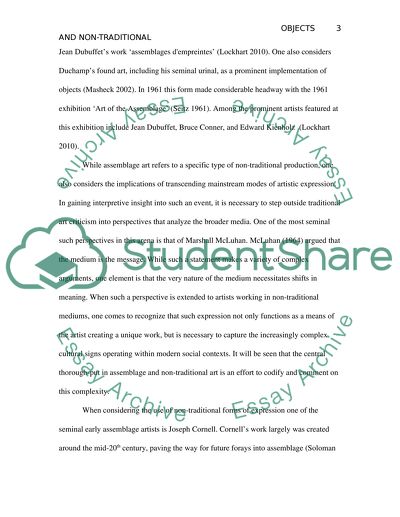Cite this document
(“Objects and Non-Traditional Media in Art Essay Example | Topics and Well Written Essays - 1500 words”, n.d.)
Retrieved from https://studentshare.org/visual-arts-film-studies/1442378-how-and-why-have-artists-used-or-manipulated
Retrieved from https://studentshare.org/visual-arts-film-studies/1442378-how-and-why-have-artists-used-or-manipulated
(Objects and Non-Traditional Media in Art Essay Example | Topics and Well Written Essays - 1500 Words)
https://studentshare.org/visual-arts-film-studies/1442378-how-and-why-have-artists-used-or-manipulated.
https://studentshare.org/visual-arts-film-studies/1442378-how-and-why-have-artists-used-or-manipulated.
“Objects and Non-Traditional Media in Art Essay Example | Topics and Well Written Essays - 1500 Words”, n.d. https://studentshare.org/visual-arts-film-studies/1442378-how-and-why-have-artists-used-or-manipulated.


